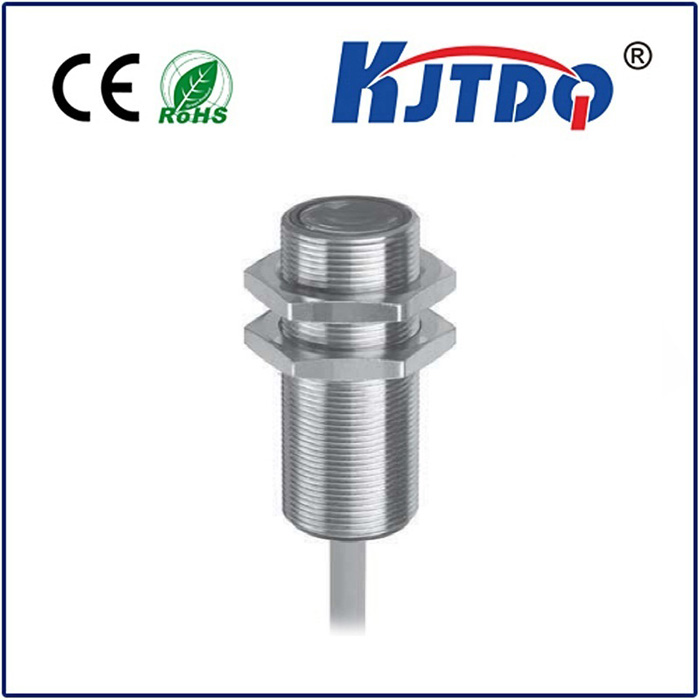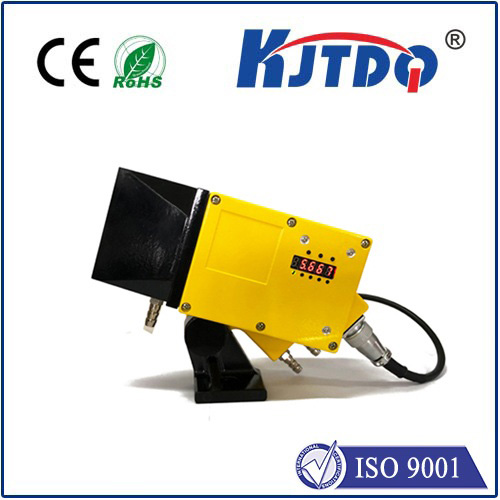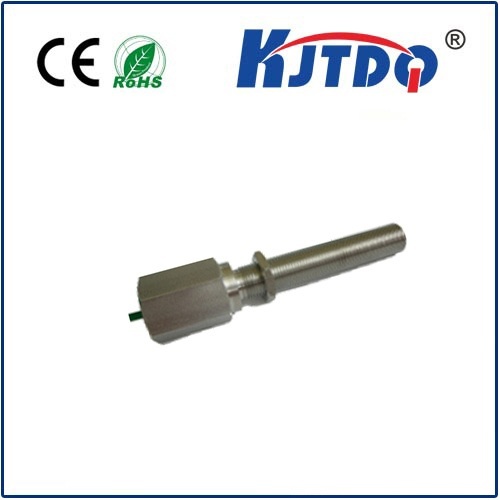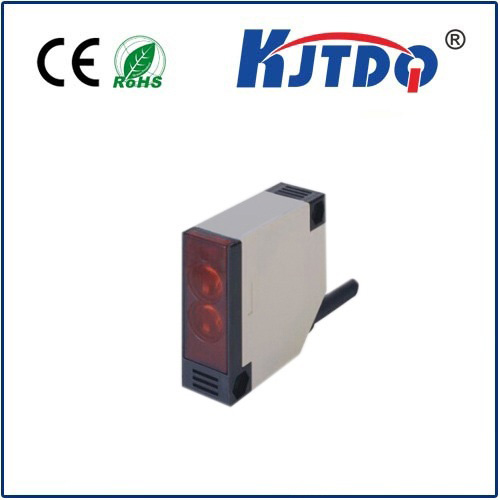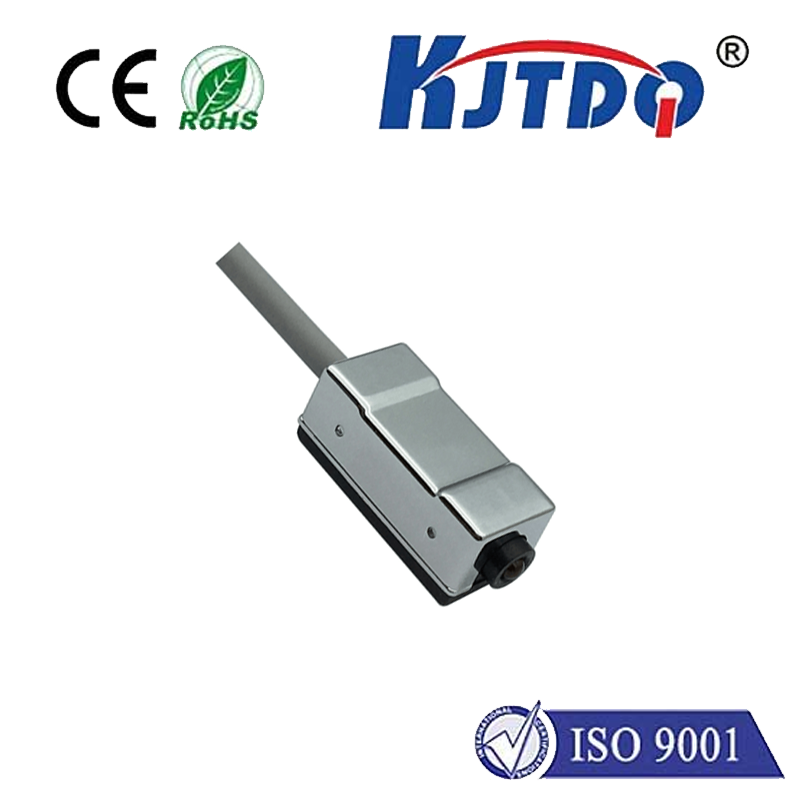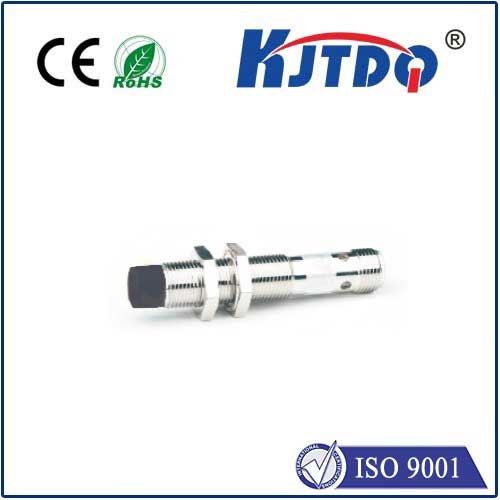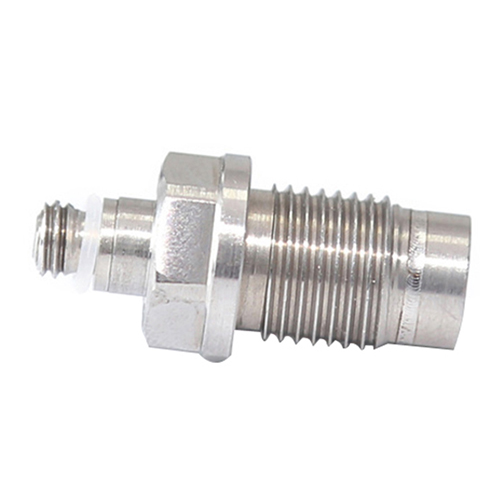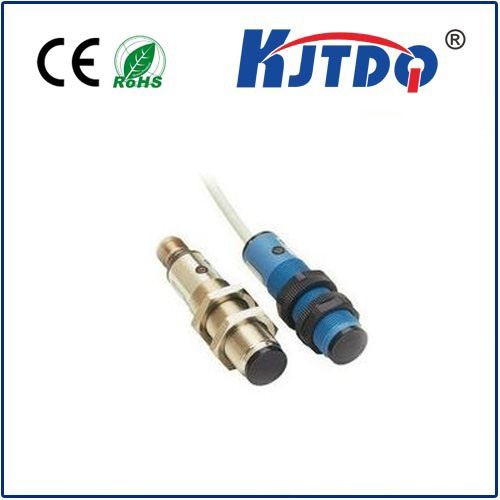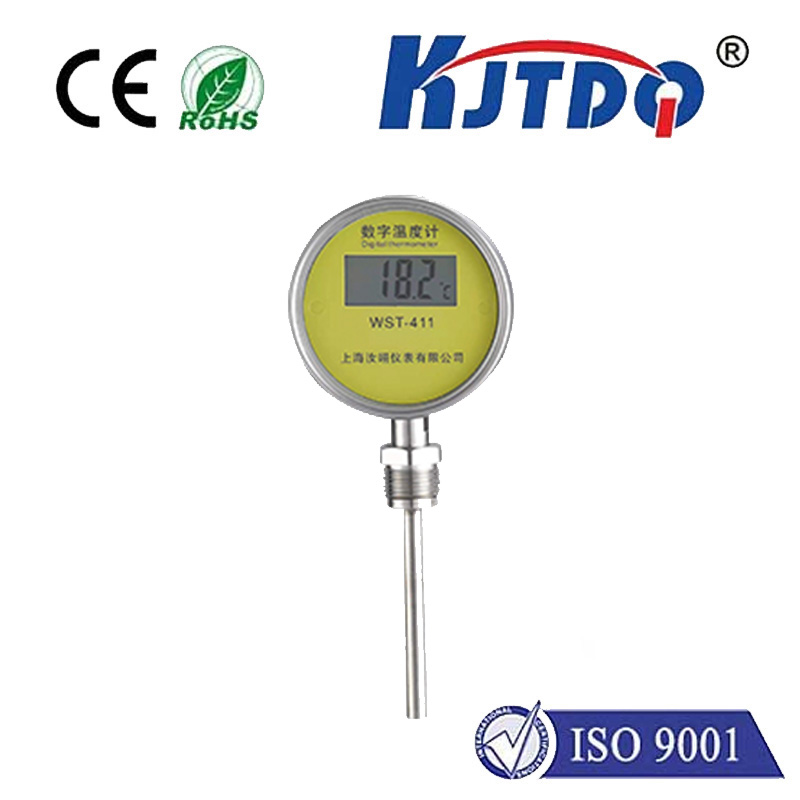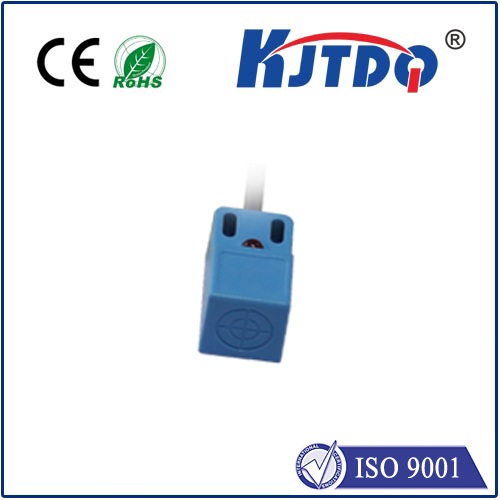

check

check

check

check

check

check

check

check

check

check
Imagine a massive piece of industrial machinery. Inside its steel frame, a critical component vibrates – just slightly, almost imperceptibly. Left unchecked, this subtle movement could snowball into catastrophic failure, leading to costly downtime, repairs, and safety risks. How do you reliably detect such minute yet potentially disastrous motion within the unforgiving confines of heavy equipment? Traditional sensors often fall short, lacking the reach or resilience needed. This is the precise challenge the E2E-X3D1-M1GJ-Z 0.3M inductive proximity sensor is engineered to conquer. Designed for long-range sensing in demanding applications, this sensor brings unprecedented non-contact detection capabilities right where they’re needed most.
At the heart of the E2E-X3D1-M1GJ-Z’s appeal is its remarkable 0.3-meter (300mm) detection range. In the world of inductive proximity sensors – typically known for close-range operation (often just millimeters to a few centimeters) – achieving reliable detection at 30 cm is a significant feat. This extended reach, denoted clearly by the “0.3M” in its model name, opens up possibilities previously difficult or impossible with standard inductive sensors. Think of monitoring the position of large cranes, detecting the presence of bulky objects on lengthy conveyors, sensing doors or gates in large facilities, or verifying the position of heavy pistons deep within machinery – the E2E-X3D1-M1GJ-Z delivers where others simply can’t reach.
Decoding the model name reveals its robust construction and key specifications essential for reliable performance in harsh industrial environments:
This detailed coding ensures you know precisely what you’re getting: a shielded M30 inductive proximity sensor with a pre-wired PVC cable, purpose-built for long-distance detection.

Built for the Brutal Reality of the Factory Floor
Endurance is non-negotiable. The E2E-X3D1-M1GJ-Z features a stainless steel sensing face and housing. This robust construction provides exceptional resistance to physical impacts, abrasion from debris, corrosion from oils, coolants, and chemicals, and degradation in dusty or wet conditions (typically rated IP67 or higher, indicating dust-tightness and protection against temporary immersion in water). It shrugs off the daily punishment of foundries, mining operations, chemical plants, heavy machinery, and automotive production lines.
Further bolstering its reliability is its exceptional immunity to electromagnetic interference (EMI). Industrial environments are electrically noisy, filled with motors, drives, welders, and radio frequency sources that can wreak havoc on less robust sensors. The E2E-X3D1-M1GJ-Z incorporates advanced noise immunity circuits, ensuring stable detection signals and preventing false triggering even in the presence of strong interference. This translates directly to fewer operational glitches and unplanned stoppages, maximizing production uptime.
Mastering Installation for Peak Performance
Simply having a powerful sensor isn’t enough; correct installation is paramount to leveraging its full 0.3-meter detection potential. Understanding the shielded (M) design is key. Unlike unshielded sensors, which have a more extended lateral sensing field and must be mounted with significant clearance from surrounding metal, the shielded E2E-X3D1-M1GJ-Z allows for flush mounting. Its sensing field is focused more directly ahead. While it still requires a target made of ferrous metal (like iron or steel), mounting it flush with its metal bracket or machine surface minimizes the risk of accidental sensing and optimizes the forward-facing sensing distance.
When determining mounting locations, always refer strictly to the sensor’s detailed datasheet. Account for the sensor’s physical dimensions and ensure sufficient clearance exists around the sensing face as recommended by the manufacturer. Position it carefully relative to the target’s path of movement to guarantee consistent detection within its operational range. Proper mounting and alignment are critical factors in achieving reliable, long-term performance from any proximity sensor, especially one operating at extended ranges.
Where the E2E-X3D1-M1GJ-Z 0.3M Truly Excels
This sensor isn’t just about long reach; it’s about solving specific, often complex, problems within demanding automation and control systems:
When the application demands robust, reliable non-contact metal detection at distances far exceeding conventional inductive sensors, and the environment is harsh or electrically noisy, the E2E-X3D1-M1GJ-Z 0.3M proximity sensor presents a compelling solution. Its unique combination of long range, industrial-grade durability (stainless steel housing & sensing face), excellent EMI immunity, and practical shielded design with pre-wired cable makes it a powerful tool for engineers tackling challenging sensing tasks where precision and reliability cannot be compromised. Integrating this sensor translates into enhanced system performance, reduced downtime risks, and greater operational confidence within the demanding world of industrial automation and control.
